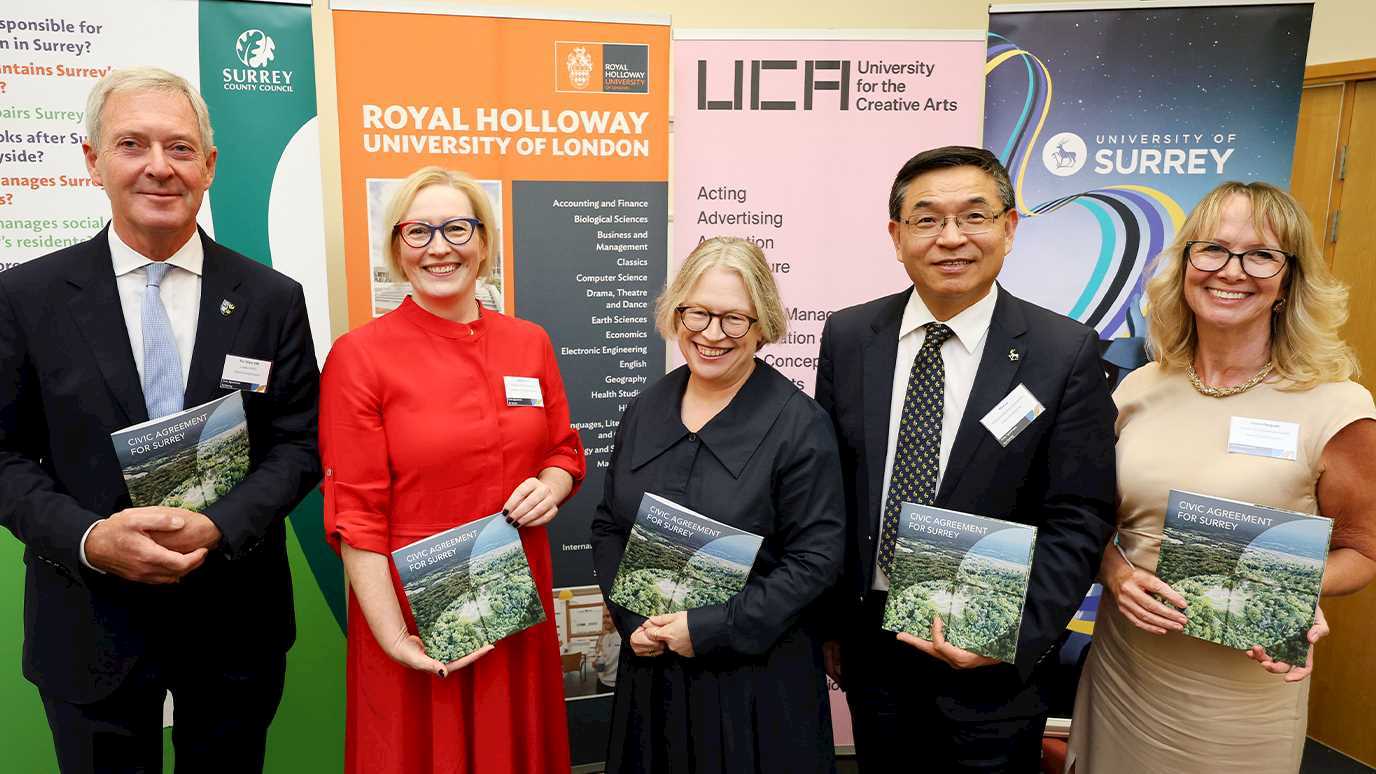Low income voters were ‘pulled in different directions’ by concerns over living standards and identity at the General Election, according to the first in-depth analysis of this group of voters for the independent Joseph Rowntree Foundation (JRF). The research was conducted for JRF by Professor Oliver Heath at Royal Holloway, University of London and Professor Matthew Goodwin at the University of Kent .

People on low incomes wanted their concerns around living standards to be addressed as well as Brexit delivered, but given the choice between the two, on balance their economic circumstances outweighed their concerns around identity and immigration at this election.
While the Conservatives made substantial gains among low income voters and in Brexit voting areas, and probably had one of their best results among the working-class, people on low incomes were still more likely to vote for Labour. Both parties increased their support among low income voters by about 8 percentage points, but neither party made a dramatic breakthrough at the expense of the other.
JRF says the analysis shows how the new battleground at the next General Election will be among low income voters if the main parties are to secure a majority.
The research draws on data from the British Election Study (BES). It drills down into the backgrounds, attitudes and values of voters, painting a detailed picture of what motivated their decision.
The UK 2017 General Election Examined: Income, Poverty and Brexit found:
- People on low incomes are still more likely to vote for the Labour party than for the Conservative party: 42% of them voted for Labour, compared to 37% who voted for the Conservatives. But both parties increased their support among low income voters compared to 2015 (by about 8 percentage points each), although neither party made a dramatic breakthrough at the expense of the other. The parties are neck-and-neck among manual workers (39% each), while Labour has a small lead among full-time workers (42% to 36%). By contrast, high income voters remained much more likely to vote Conservative than Labour: 53% compared to 24%.
- While the Conservative party’s message on Brexit attracted some low-income voters, Labour’s message on the economy attracted them much more. Other things being equal, support for Labour among people on low incomes with left-wing economic views was 66% compared to just 23% for the Conservatives – handing Labour a lead of over 40 percentage points. By contrast, support for Labour among people on low incomes but who are pro-Brexit was 32% compared to 54% for the Conservatives – a Conservative lead of 22 percentage points.
- Some of the most substantial advances by the Conservative party came in struggling non-metropolitan, pro-Brexit and Labour-held areas, but the Conservative party did not make sufficient progress in these areas to push seats from the red into the blue column. Of an estimated 140 Labour seats in England that had given majority support to Brexit the average Conservative vote increased by 8.3 percentage points, compared to an average of 4.6 points across England as a whole. Yet Labour contained this advance, even capturing more than a dozen seats from the Conservatives that are estimated to have voted for Brexit.
- People who thought that their household’s financial situation had got worse during the year before the election were considerably more likely to back Labour than the Conservatives (48% vs. 27%). In contrast, those who thought that their financial situation had got better –of which there were relatively few (just 13% thought this) - were more likely to vote Conservative than Labour (52% vs. 29%).
- People’s political preferences are also shaped by the surrounding conditions of the communities in which they live. The difference in Conservative support between people living in the constituencies with a high risk of poverty and low risk poverty areas is just over 20 percentage points.
Campbell Robb, chief executive of JRF, said:
“The Brexit vote showed why we need a new national mission to transform the prospects of people and places who have been left behind, yet the offer made by the main parties at the General Election fell far short.
"Neither of the main parties did enough to convince voters on low incomes they could offer meaningful change. This analysis shows that both of the main political parties have a lot of work to do to secure the votes of people on low incomes. The party that seizes this agenda could be more likely to secure a parliamentary majority at the next election. Otherwise we risk a standstill generation in British politics, where people’s prospects stagnate, or worse, fall backwards.”
Professor Oliver Heath said:
“Gone are the days when people on low incomes and working class voters gave unconditional support to Labour. These groups are now up for grabs – and in the next election could swing either way. Political parties would be well advised to take their concerns seriously.”
Professor Matthew Goodwin said:
“This research shines a bright light on what is a key battle in British politics today. Instinctively, many low income voters support Brexit and controls on immigration yet they simultaneously feel that the economy is not working for people like them. In the end, many of these opted for Labour because of their economic worries but this deal is by no means signed, sealed and delivered. Both parties would do well to turn up the volume on their appeals to low income Britain, and those at risk of poverty, if they are to achieve what neither of them has so far managed –a parliamentary majority.”
Read the full report here.
























